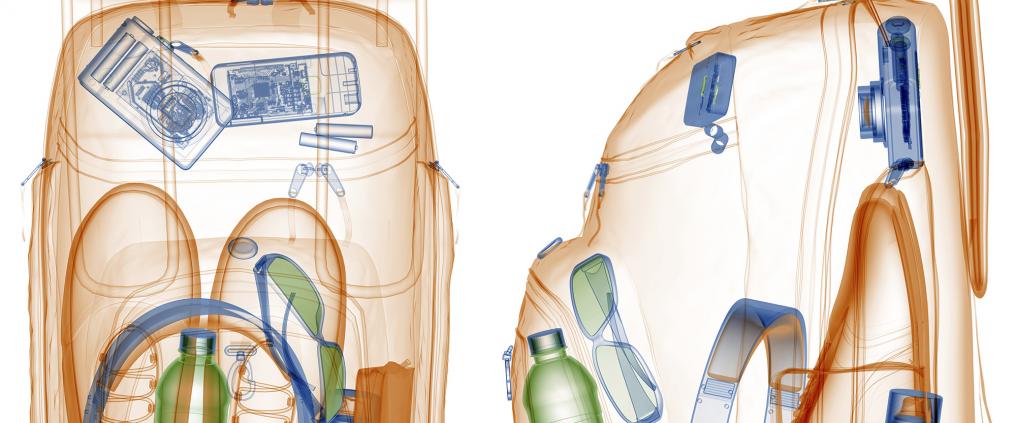Excessive baggage in the cabin makes the flight less comfortable for al,l and may even turn out to be a safety hazard.
The allowed sizes, weights, and number of hand baggage items vary between airlines and travel classes. Low-cost airlines have the strictest rules and allowances. It may sometimes be possible to send extra baggage to the cargo hold at the gate.
'Keys, documents, wallets, and medicines should always be carried in hand baggage. This includes any medicines you will need during the flight', advises Tuomo Kivikari, Finavia's Head of Security.
Take extra care when packing liquids
In hand baggage you can carry liquids in max. 100-ml containers that all fit into a single 1-litre resealable clear plastic bag.
When necessary you can carry a larger amount of liquids in the form of baby food, baby formula, or liquids required by a special diet, if these will be used during the flight. Liquid medicines needed during the flight can also be carried in the cabin, provided the passenger mentions they are for medicinal purposes. These must be shown at the security check.
The concept of 'liquid' has been interpreted a little more loosely in recent years.
'Products in solid form are allowed, no matter whether they are berries, cheese, or even a Swedish casserole. Likewise, you can carry unpeeled fruit', Kivikari continues.
A good rule of thumb to keep in mind is that if the product can be spread with a knife, it is better to check it in. This means that no butter, cream cheese, or cottage cheese tubs can be carried as hand baggage.
The most common items passengers have to leave at the security check are full water and pop bottles, scissors, pocket knives, and matches and lighters. Small nail scissors are fine as long as the blades are less than 6 cm long.
Don't collect baggage tags on your bags!
These days passengers usually check in their cargo bags themselves. The purpose of baggage tags is to identify the bags, but it would also be good to attach your address to the bag.
'Take off any old tags and labels. The baggage system directs your bag to the correct flight even if the old tag is still hanging on it, but old tags may delay the system or even mean that your bag must be handled manually', Kivikari points out.
All baggage destined for the cargo hold gets x-rayed
It may not contain any flammable, explosive, toxic, corrosive, or otherwise hazardous agents, such as lighter fluids or fireworks, for example. Forbidden agents can be identified by warning labels and symbols. You can find more information on airline websites.
For more packing instructions, visit http://www.finavia.fi/en/travelling/before-travelling/
